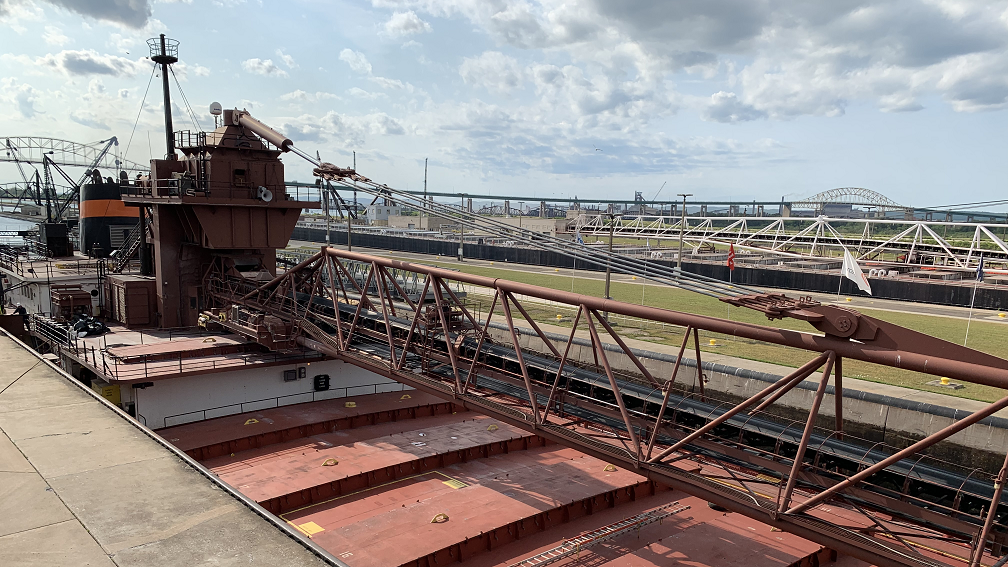
After a big announcement in January celebrating $479 million directed to fully fund the construction of a new lock, the Army Corps of Engineers has had to walk it back, according to a report by The Detroit News.
The billion-dollar project, authorized by Congress at $922 million in 2018, is now estimated to be “somewhere between two times and three times” the cost, Sen. Debbie Stabenow told The Detroit News.
The senator expressed disappointment because the money had been secured for the project upfront under the belief that the project would be completed two years ahead of schedule.
The Soo Locks in Sault Ste. Marie, Michigan, allow 1,000-foot freighters to bypass the rapids of the St. Marys River and move between Lake Superior and the rest of the Great Lakes and beyond. For a long time the bulk of that was handled by the Poe Lock, and a new lock the same size and capacity as the Poe would prevent any disruptions to shipping should something happen with the Poe.
The first two phases of the project have already been started. The contract of the third phase was expected to be awarded in February with a 2030 completion date.
The Army Corps learned of the problem after the bidding process for the third phase closed in January and industry estimates were significantly higher than their own, U.S. Rep. Jack Bergman told The Detroit News. Bergman’s district includes the Soo Locks.
Carrie Fox, public affairs specialist for the Army Corps of Engineers, pointed to “market conditions” for the discrepancy in estimates and said the Corps is “accounting for those changing conditions.”
Fox also said the Corps does not have accurate numbers for any estimates yet and cannot discuss those numbers but is “hopeful” they will have an estimate they can make public “this summer.”
Congress will likely have to reauthorize the project for a higher amount once a new official estimate is released.
Jim Weakley, president of the Lake Carriers’ Association, has spoken in support of the project before. LCA represents the U.S.-flag Great Lakes fleet. He had been aware of some talk but “was surprised with the magnitude of the cost increase.”
“It was not easy getting that money, and they also missed the opportunity, they could have gotten more,” Weakley said. “If Congress has known they needed more when the infrastructure bill was passed, they could have gotten more.”
Weakley expressed doubts that the 2030 completion is still likely but remains optimistic that the project will move forward.
“The good news is no one’s talking about walking away from the project,” Weakley said. “Everyone’s talking about finishing the project, and everyone’s worried about time delays and getting additional money to finish the project.”
Catch more news at Great Lakes Now:
In Progress: New Soo Lock looks at 2030 completion
Featured image: Soo Locks (Photo Credit: Sandra Svoboda)




